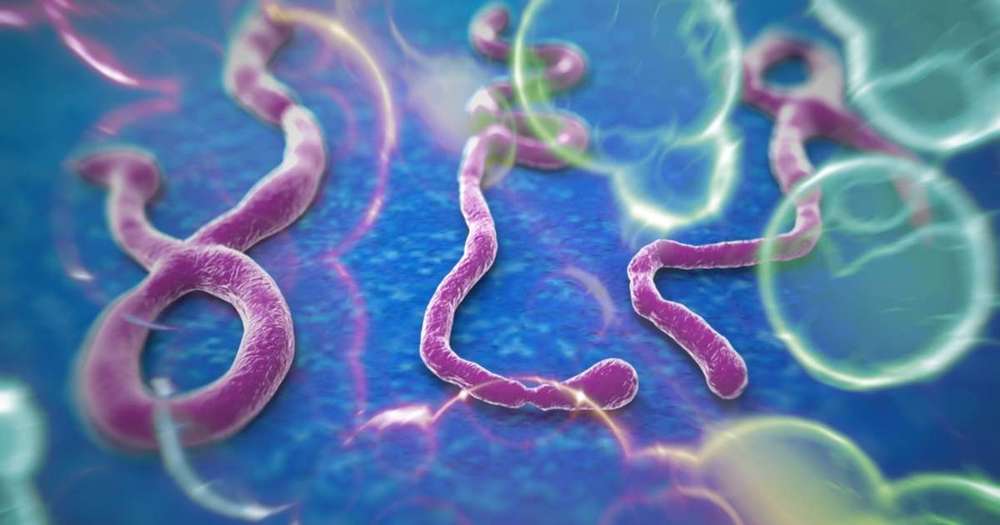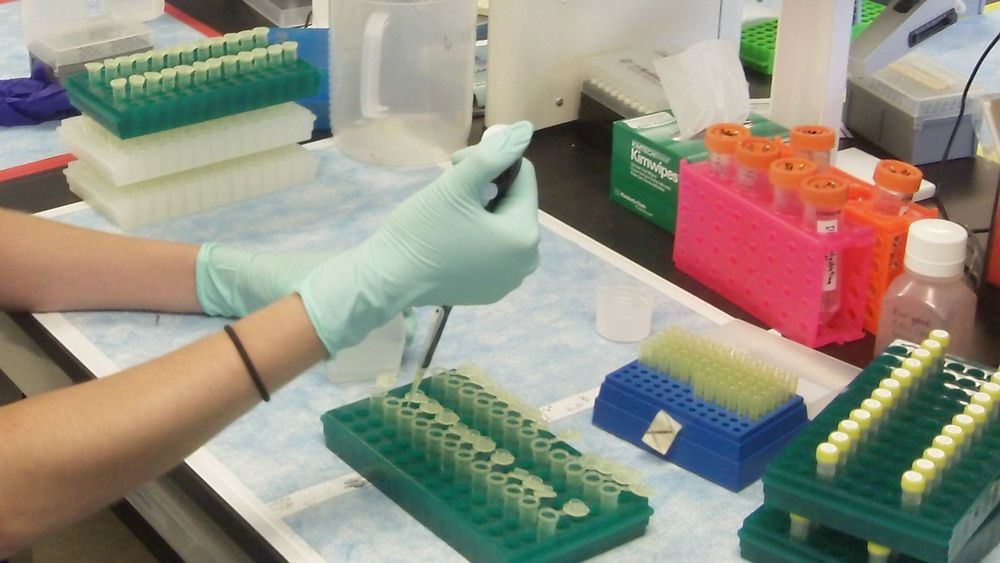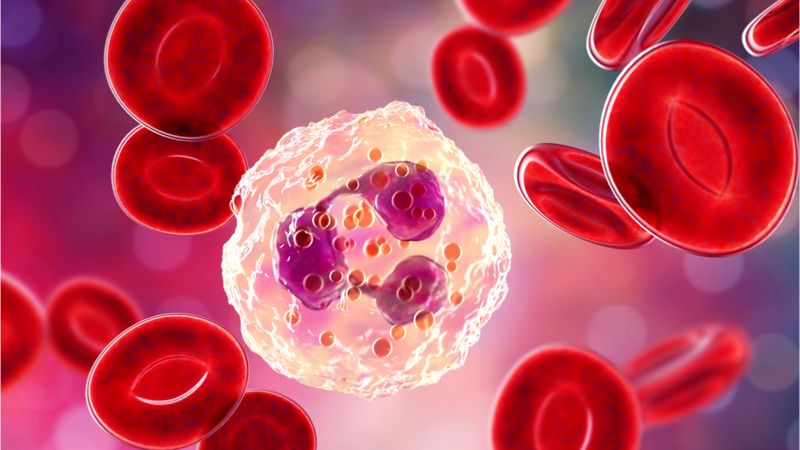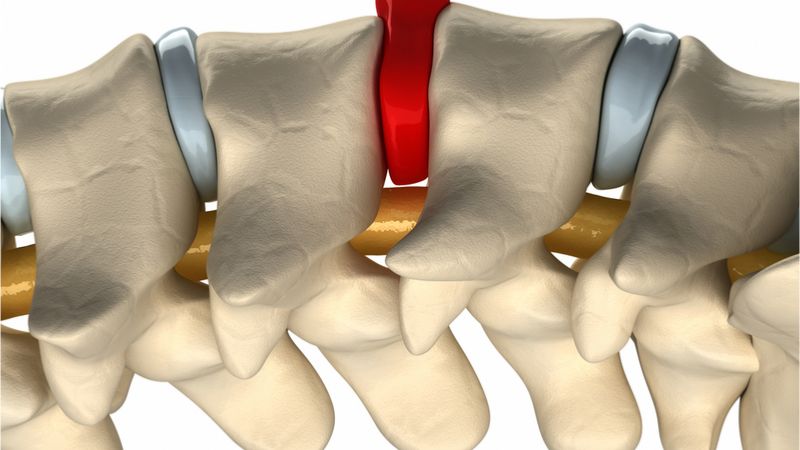More than 1,000 people have been infected with Ebola in the Democratic Republic of Congo since August 2018, according to the World Health Organization. The hemorrhagic fever, which is concentrated in the provinces of North Kivu and Ituri, has killed 629 people as of Sunday. That makes it the second worst Ebola outbreak on record, after the one that began in West Africa in 2014, which infected more than 26,000 and killed an estimated 11,300 people over the course of two years.
Here’s what you need to know:
Ebola is actually a group of viruses that appear to be spread by bats to humans and other primates such as apes and chimpanzees. It is transmitted through bodily fluids, including blood, poop, vomit, urine, breast milk, and semen. It can enter a person’s body through cuts in the skin, or through mucous membranes—tissues that line the eyes, nose, mouth, urethra, and vagina. At first, Ebola may seem like the common flu. Symptoms include exhaustion, aches and pains, vision problems, and stomach pain. But in most patients, Ebola quickly escalates to a full-blown hemorrhagic fever, which leads to bleeding, organ failure, and in many cases, death.









